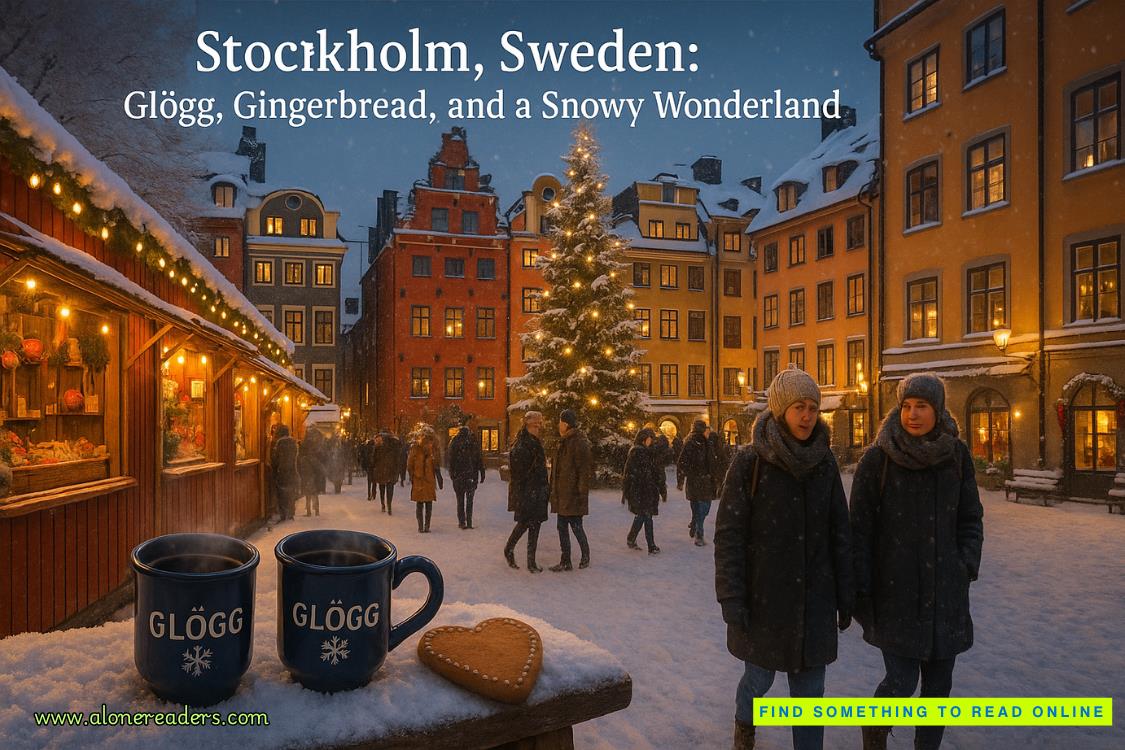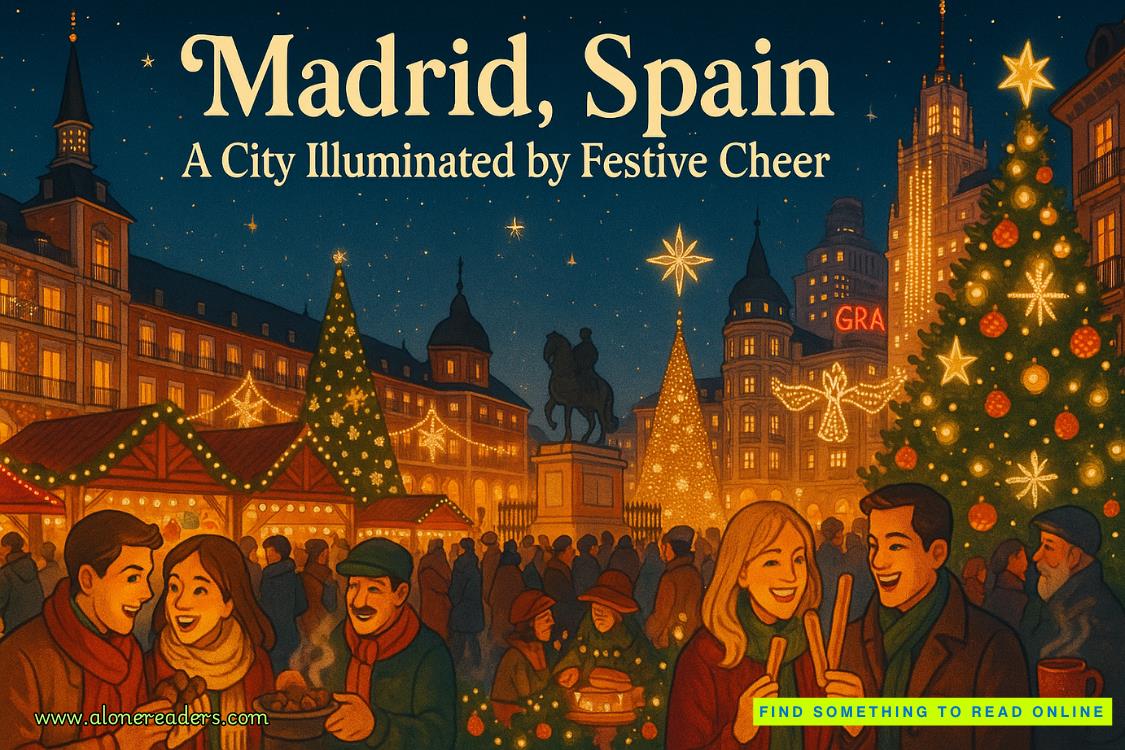“He was there. But he’s fine.”
Not good. Time to play his trump card. “I have the flash drive, which contains a complete translation of Robert Cecil’s journal. I read it. Which means I’m not forgetting it.”
“I have that translation now myself.”
“I also know what this is all about.”
He paused.
“Ireland.”
Silence on the other end of the phone confirmed his suspicion.
“What do you want?” Mathews finally asked.
“My son, and to be gone from here.”
“And what of all that you know?”
“That’s my insurance to make sure you behave. I can email that drive to Stephanie Nelle with one click. In fact, I have it loaded up right now. Would you like me to send it along to her? The CIA would probably love to know that what they were after is real. They’d also love to know that you killed two of their men. Maybe they’ll pay you back by releasing it all to the world, just to spite Downing Street.”
Mathews chuckled. “We both know that once you do any of that I have nothing left to gain. You, on the other hand, still have something to lose. Your son.”
“That’s right, you son of a bitch. So cut the crap and let’s make a deal.”
“I know where Antrim is headed. He, too, has Cecil’s translation.”
“Blackfriars Abbey is gone.”
“I see you do know. And you’re right, it is gone. But the Tudor sanctuary is not. If I give you Antrim, will you give me the drive?”
“I can still tell Washington.”
“You could, but you won’t. This is personal, not business. Your son is at stake. For me, it’s the other way around.”
He knew better, but said what was expected. “Deal.”
“Then here is where you must go.”
IAN COULD HEAR THE ENTIRE CONVERSATION THROUGH THE phone, the hotel room dead quiet. The other three women were likewise listening. Malone was playing the old man, controlling his anger, keeping himself calm, using his brain. He could relate to that. He’d survived on the streets doing the exact same thing. But he was bothered by the fact that most of this seemed his fault. He stole the flash drive. Then pepper-sprayed the old man. He fled to America. And ran from that mews.
But he came back.
And stole Antrim’s phone. Which gave them the translation.
Without that, Malone would have nothing to bargain with.
So he’d also helped.
But he still felt responsible for Malone’s anguish.
And he wanted to help.
MALONE HUNG UP THE PHONE.
He turned to see Kathleen Richards staring at him, realizing they’d all heard what Mathews had said.
“He cannot be trusted,” Richards said.
“Like I don’t know that.”
His mind raced.
One more phone call.
He lifted the receiver and dialed overseas for Stephanie Nelle.
“I’m about to engage Thomas Mathews,” he said.
Then he told her what had happened.
“I need a straight answer,” he said to her. “No bullshit. Did the CIA explain to you Operation King’s Deception?”
“Your asking that question means you already know the answer.”
That he did. “It’s Ireland. Right?”
And she explained.
THE MODERN TROUBLES BEGAN IN 1966 AND LASTED UNTIL 2003, the violence claiming 3,703 lives. Nearly 40,000 people were injured. A shocking amount of mayhem considering only about 900,000 Protestants and 600,000 Catholics lived in Northern Ireland during that time. For three long decades violence, distrust, fear, and hatred marred that country, eventually exported to England and Europe.
The seeds of that conflict, though, stretched way back.
Some experts point to the Anglo-Norman invasion of Ireland by Henry II in 1169 as the beginning. More realistically, it all began with the Tudors. Henry VIII was the first to take an interest in Ireland, invading and controlling the area in and around Dublin, slowly extending his hold outward, conciliation and innovation the weapons he used to subdue the local lords. Henry was so successful that an act of the Irish Parliament in 1541 proclaimed him king of Ireland. But rebellion was a constant threat. Troops were occasionally dispatched and skirmishes fought. Complicating matters was the fact that Ireland was overwhelmingly loyal to Rome and the pope, while Henry required allegiance to his new Protestant religion.
So a spiritual divide emerged. Local Irish Catholics versus the newly arrived English Protestants.
Ireland remained relatively unimportant during the short reigns of the next two Tudors, Edward VI and Mary.
Under Elizabeth I everything changed.
Personally, Elizabeth viewed the island as a wilderness and preferred to ignore it. But a series of rebellions, which called into question her entire foreign policy, forced her into action. A great army was sent, the rebellions crushed, and, as a consequence for defiance, Irish land was seized. The influence of Gaelic clans and Anglo-Norman dynasties, which had existed there for centuries, ended. Title to all land shifted to the Crown. Elizabeth then granted ownership, leases, and licenses to English colonists who formed plantations. This confiscation had first started during the time of Henry VIII, and continued in small doses through Edward and Mary, but it accelerated during Elizabeth’s reign, then reached its peak with her successor, James I. To work the newly acquired land, large numbers of Englishmen, Scots, and Welsh immigrated to Ireland. The idea of encouraging both colonists and plantations was to conquer Ireland from within, settling the country with loyal Englishmen beholden to the Crown. The English language would also be imported, as would English customs and beliefs. Irish culture would be eradicated.
This sowed the seeds of a bitter cultural and religious conflict, one that would endure for centuries. Catholic Irish Nationalists versus Protestant English Unionists.
Cromwell came in the 1640s and massacred thousands. The United Irish Rebellion, during the 1790s, was also brutally suppressed. The famine years of the 1840s nearly crushed everyone. Home rule was tried in the late 19th and early 20th centuries, where the Dublin Parliament governed Ireland, but remaining answerable to London. A farce, which only widened the division. Irish society progressively grew more militant and radical. A war of independence, fought in 1919 between the Irish Republican Army and the British, ended with a solution neither side wanted. Ireland was partitioned, reduced from 32 to 26 counties, all in the south, where Catholic Nationalists dominated. The remaining six counties, all in the north, where Protestant Unionists were a majority, became the separate country of Northern Ireland.
Violence started immediately.
One factional group after another arose with its own radical agenda. Riots became commonplace. Minority Catholics in Northern Ireland began to feel threatened and lashed out, then Unionists retaliated, establishing a vicious cycle of strike and counterstrike. Coalition governments were tried. All failed. The Irish to the south and the Nationalists in the north wanted the English Protestants gone. The Protestant Unionists wanted their rights and lands protected by London, since it was the British Crown that had granted them in the first place. The six counties of Northern Ireland were initially chartered by Elizabeth I from seized Irish land, and every incoming owner there traced their title to a royal grant. At a minimum, the Unionists argued, London must protect their legal rights.
And London did.
Sending troops to suppress Nationalists.
Eventually, at the height of the Troubles, Nationalists brought the conflict to London and Europe and bombings became commonplace across the continent. An uneasy peace came in 1998, which has held ever since. But both sides remain deeply suspicious of the other, only tentatively willing to work together to avoid further bloodshed.
None of the root causes of the conflict has ever been resolved.
The same debate that started long ago continues.
Bitter feelings
remain.
Nationalists want a united Ireland ruled by Irish.
Unionists want Northern Ireland to continue as part of Great Britain.
IAN LISTENED AS THE FOUR ADULTS TALKED. MALONE HAD FINISHED his call and told them that his former boss, a woman named Stephanie Nelle, had confirmed that Antrim was focused on Northern Ireland—he’d listened to the history—and on some Arab terrorist who was about to be released from a Scottish jail. The Americans wanted the British to stop the release, and to get them to do that they intended on finding evidence that Elizabeth I was not what she appeared, calling into question her entire reign, throwing into doubt the legitimacy of Northern Ireland itself.
“What a reckless scheme,” Malone said.
“And a dangerous one,” Richards said. “I can see why Mathews is concerned. It would not take much to reignite massive amounts of violence within Northern Ireland. Periodically, there are attacks here and there from both sides. The fight is definitely not over. It’s just simmering, each waiting for a good reason to start killing the other.”
“The peace was made,” Tanya said, “because at the time it was the only course. The British are there, in Northern Ireland. They aren’t leaving. And killing people wasn’t accomplishing anything.”
“Think what would happen if the truth were known,” Miss Mary quietly said. “If Elizabeth I was indeed a fraud. That means everything done during that reign was fraudulent. Void. Illegal.”
“Including every acre of land seized and every land grant made in Northern Ireland,” Malone said. “Not one would have any legal effect. The six counties that form the country were all seized by Elizabeth.”
“Would it matter?” Tanya asked. “After five hundred years?”
“Definitely,” Malone said. “It’s like if I sold you my house and you live there for decades. Then one day someone shows up with proof that the deed I gave you is a fraud. I didn’t have the power to actually convey title to you in the first place. It’s elementary real property law that the deed would be void. Of no legal effect. Any court here, or in America, would have to respect the true title to that land, not the fraudulent act of my transfer.”















